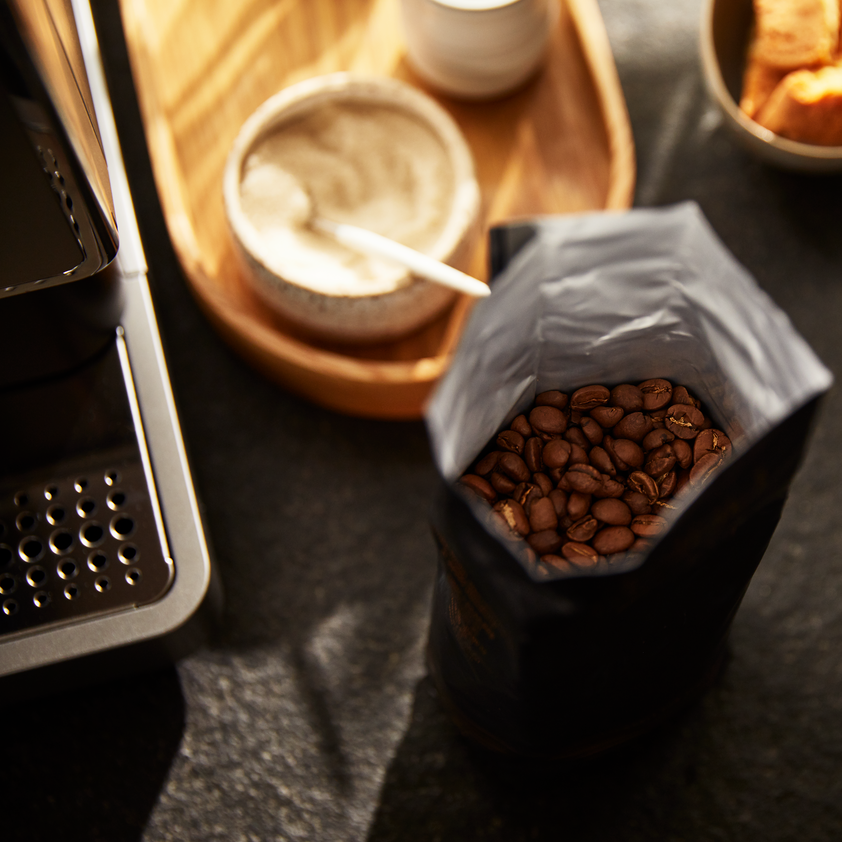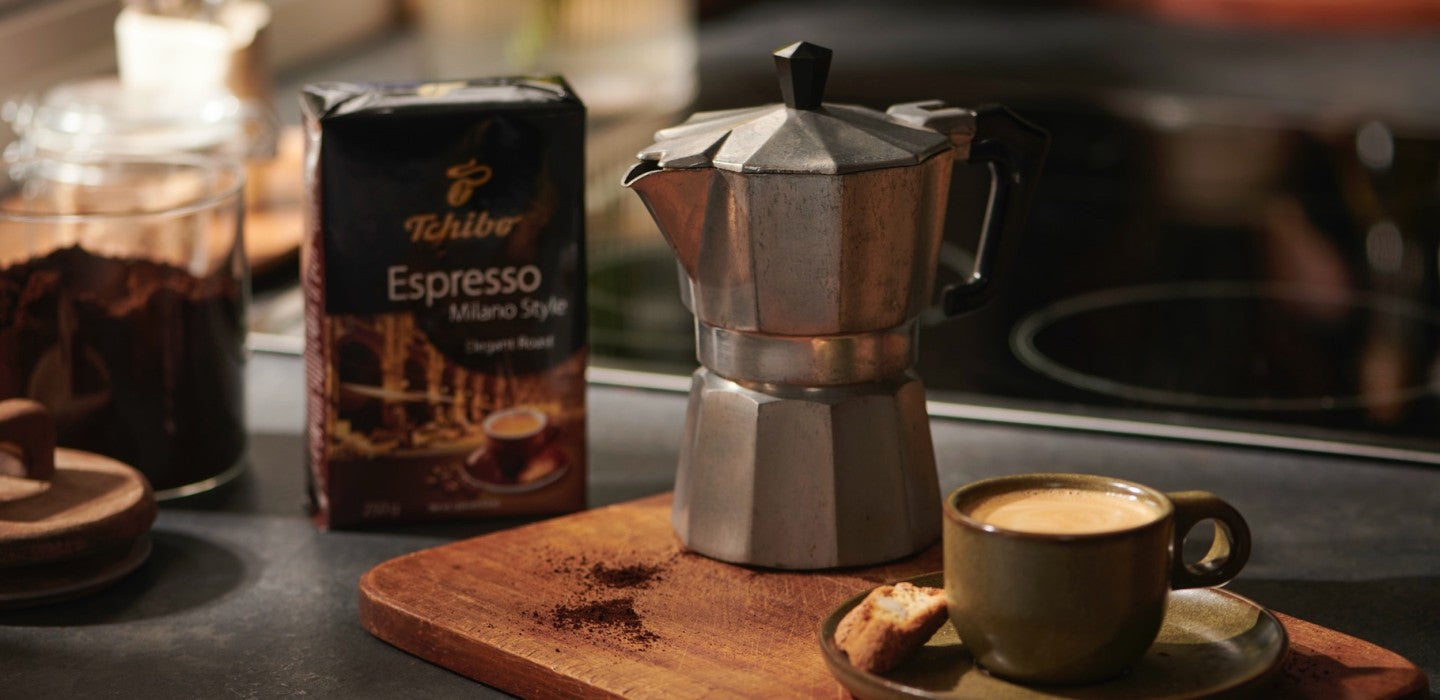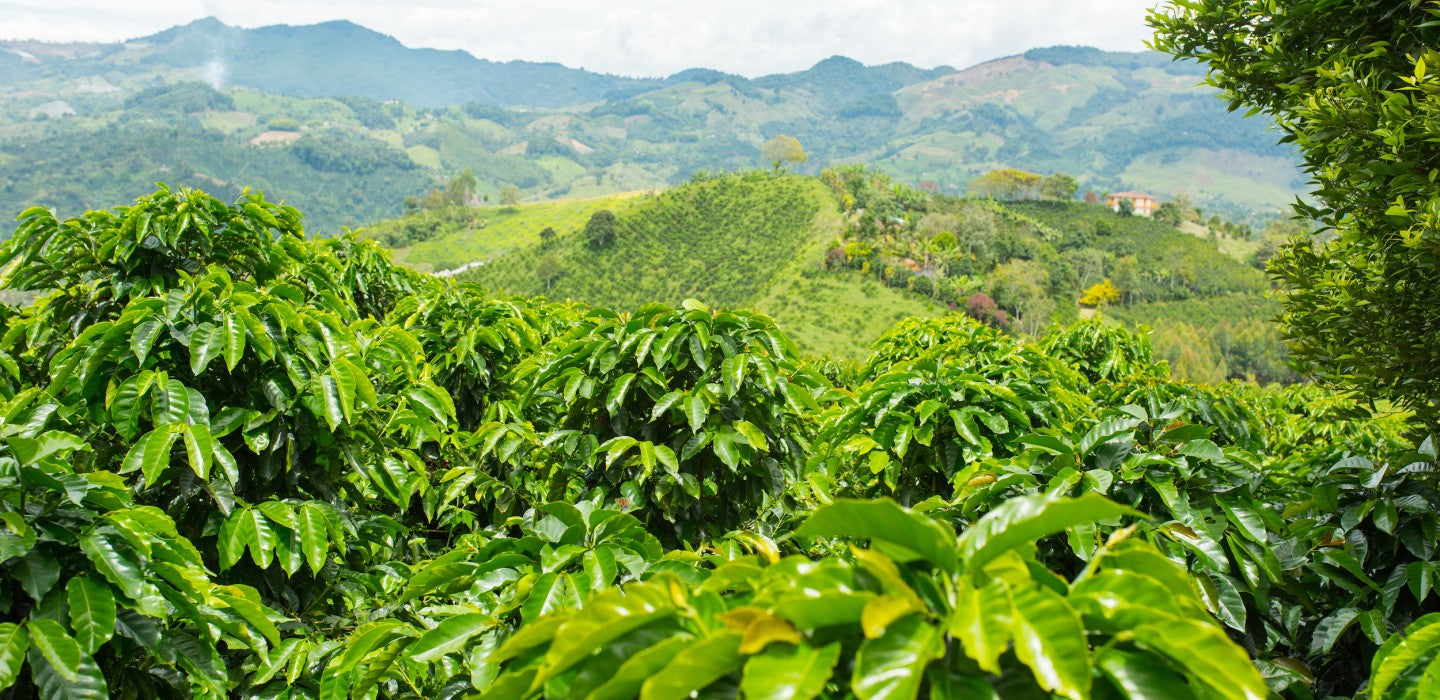Journey of Coffee Harvesting
Dive into an enlightening exploration of coffee harvesting, a critical process that significantly impacts the flavor and overall quality of your coffee. Coffee, apart from being a beloved beverage worldwide, is a product of precise agronomic practice. The cultivation, harvesting, and processing of the humble coffee bean entail immense artistry, science, and effort. So let us investigate closely the intriguing processes involved in coffee harvesting.
The Art of Coffee Harvesting: An Overview
Coffee harvesting revolves around several distinct methods, each contributing differently to the outcome of the coffee's taste and quality. These approaches include Picking, Stripping, and Mechanical Harvesting. Appreciating coffee requires us to acknowledge these diverse harvest methods that contribute to the unique notes each cup coffee brings.
Picking Method: Selective Harvesting
Picking or the selective harvesting method is among the most labor-intensive modes of coffee harvesting. It involves the manual picking of each coffee cherry, ensuring only ripe fruits are collected. Coffee plants bear flowers, ripe cherries, and green, unripe cherries simultaneously. Manual picking enables the harvesters to select only the fully ripe cherries, leaving the immature ones to ripen further on the plant. This selective picking ensures consistency in flavor as only cherries of the same level of ripeness are processed. On average, this method enables the harvesting of fruits enough to produce about 60 liters of coffee per hour.
Stripping Method: Efficiency Over Selectivity
In contrast to the Picking method, the Stripping method prioritizes efficiency over selectivity. Harvesters manually strip all coffee cherries from the branch, irrespective of their ripeness, and collect them in wide spread tarps. Although faster and more cost-effective, this method involves extensive sorting after harvesting to weed out the underripe and overripe beans. In certain regions like Brazil, approximately 75% of the cherries mature simultaneously, leaving only about a quarter to be sorted out post-harvest.
Mechanical Harvesting: Modern Technology Assisting Traditional Processes
The third method, Mechanical Harvesting, employs advanced machinery to streamline the harvesting process. Erntemaschinen, or harvest machines, are used to comb the branches of the coffee plants, causing the coffee cherries, ripe and unripe alike, to fall onto a catchment area. This method drastically increases the productivity, producing enough cherries to yield between 4000 to 5000 liters of coffee per hour. However, this is popular primarily in regions with flat coffee farms, such as Brazil, where mechanized harvesting isn’t hindered by the terrain.
Understanding Coffee's Quality and Taste Through Harvesting
The methods employed during the harvest significantly steer the taste and quality of the final coffee product. The Pick method, although slow, ensures the optimal quality and harmonious taste since only ripe cherries are selected. On contrast, the strip method, due to its non-selectivity, can lead to inconsistencies in flavor due to mixed ripeness.
In mechanical harvesting, the speed of the process translates to great efficiency but the lack of ripeness control can result in mixed flavors in the final coffee product. This lack of consistency can diminish the overall taste of the coffee.
Thus, understanding the process of coffee harvesting unlocks an incredible perspective into the coffee we consume. This fascinating voyage from farm to cup is a series of crucial steps that each coffee bean undertakes before it becomes that perfect brew you savor every morning. So the next time you sip on your cup of coffee, take a moment to appreciate the magnificent journey it has gone through!





